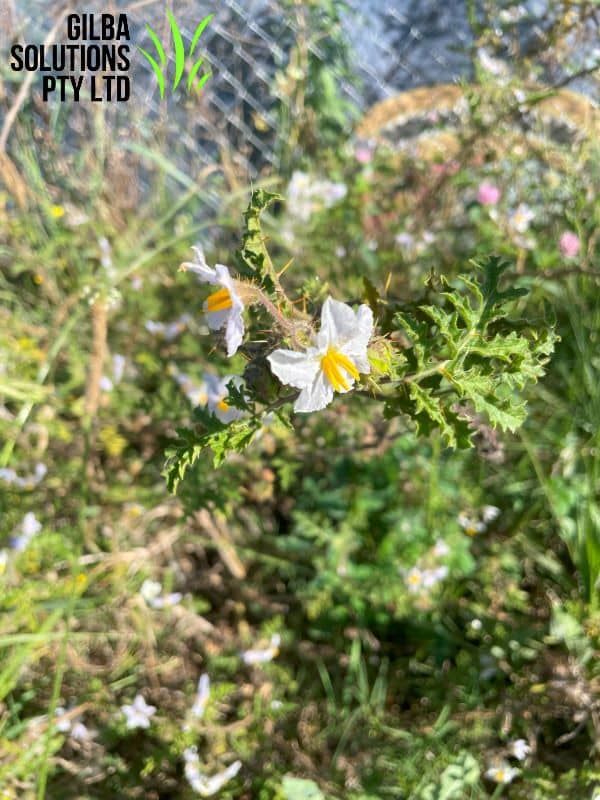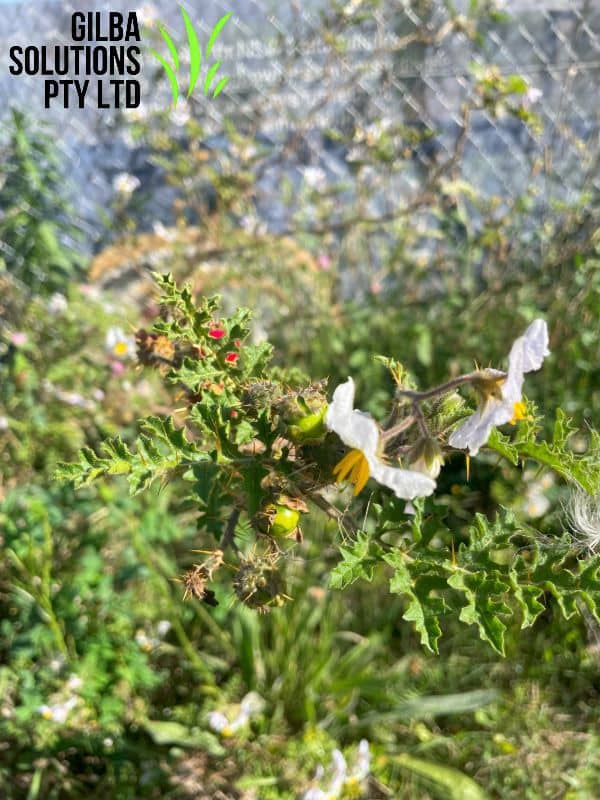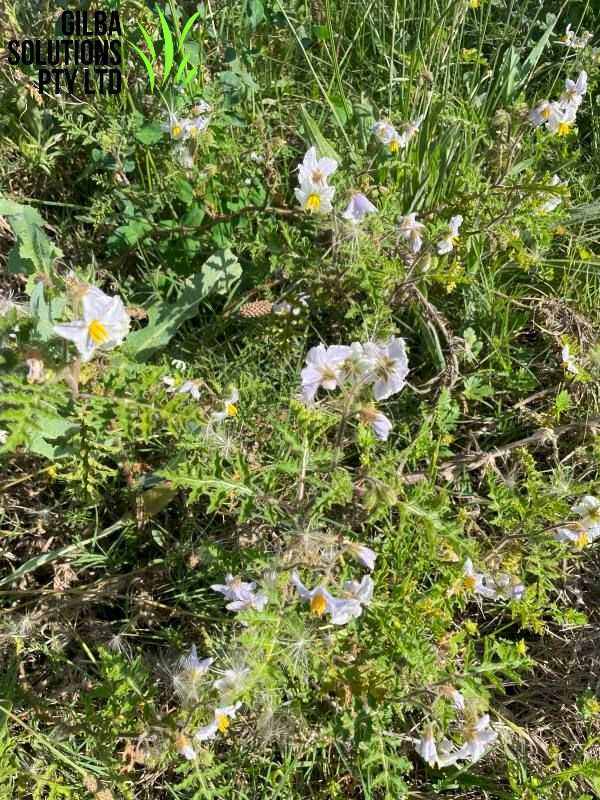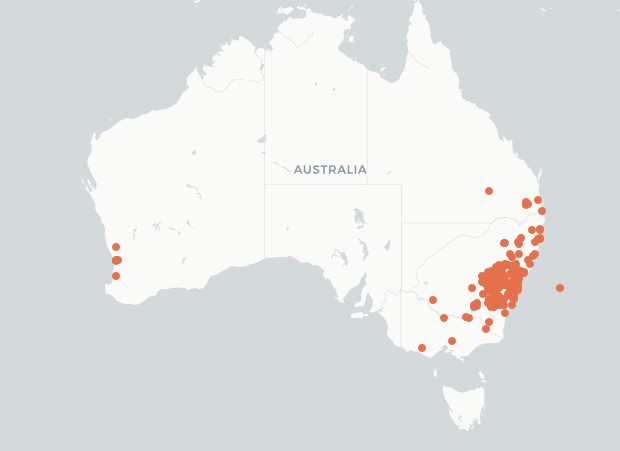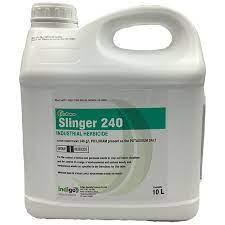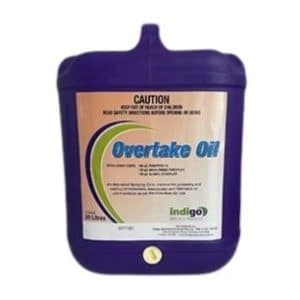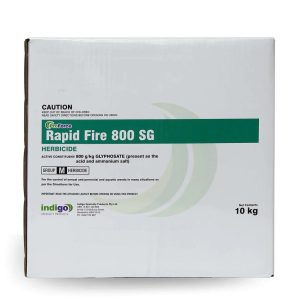Sticky Nightshade (Solanum sisymbriifolium).
Solanum sisymbriifolium (Sticky Nightshade) is a native to South America. It is also known as the Litchi Tomato. It is an erect, prickly plant with sticky leaves and bright red berries.
This weed competes with crops, impacts native plants, and poses safety hazards. This is because of its sharp spines that can injure people, pets, and livestock.
It is a member of the Solanaceae family, and has white flowers (with a hint of purple or blue). These flowers look very similar to those of the potato, which is also a member of the Solanum family.
When it matures it forms small, bright red fruit that look like tomatoes. These are edible but are sour to the taste
Its stems and leaves contain the poison solasodine. If eaten these are toxic to animals and humans. Symptoms are a fall in blood pressure, lower respiration, and an increase in heart rate.
After you read this, you will be able to:
- Identify Sticky Nightshade.
- Know its habitat.
- Know the best ways to control the Litchi Tomato.
Why Is Sticky Nightshade a Weed?
- It aggressively spreads by seeds, and also vegetatively due to a large network of rhizomes.
- It disperses easily by animals and by human activity.
- It forms dense spiny stands that displace native vegetation.
- Sticky nightshade contains steroidal glycoalkaloid toxins. These are thought to cause cattle deaths in the Greater Sydney Region.
- It tolerates multiple frosts even if the above parts of this weed die. It can do this as it can reshoot in the Spring from its rhizomes.
- Once it germinates or regrows from the rhizomes, it can flower within 5 weeks. This is usually in the Spring and Summer.
This weed is grown as a trap crop for potato cyst nematodes (PCN). If you plant it in a field infested with PCN, the nematode eggs hatch and the nematodes then try to feed on the roots. However, the roots are poisonous to the nematodes, which then die.
It grows in full sun and semi shade. You find this weed in a wide variety of soil types and environments. However, it usually indicates moist soil conditions.
The distribution map is courtesy of The Atlas of Living Australia.
How to Identify Sticky Nightshade.
Category: This is a broadleaf (Dicot) weed.
Photosynthetic Pathway: It is a C3 Weed.
Flower:
- The flowers are white or pale blue to purple. They have a star shape with 5 petals. It has bright yellow anthers in the centre of the leaves.
- They are 35 to 50 mm in diameter.
- The flowers are in groups of 4 to 12.
- You see the flowers over the Spring and the Summer.
Height: Sticky Nightshade is up to 50 cm tall.
Leaf length: The deeply lobed, sticky green to yellow leaves are 5 to14 cm long, They are on stalks up to 4 cm long.
Leaf Width: The leaves are 4 to 10 cm wide.
How Does Sticky Nightshade Spread?
It spreads by seeds and rhizomes. Plants produce up to 45,000 seeds each year.
By Seed.
The seeds can spread because:
- Birds eat the ripe fruit, and they then excrete viable seeds.
- Dead branches with fruit blow along the ground, and then disperse the seeds.
- Water. The fruit floats and is carried in runoff and in rivers.
- Human activity such as slashing.
- Contaminated soil and animal feed.
- Soil on cultivation equipment and earthmoving equipment.
- Many seeds tend to germinate under the parent plants. This makes infestations even denser.
Vegetatively.
Sticky nightshade can grow from root or rhizome fragments. Branches develop roots where they touch moist soil. The plant fragments are spread by:
- Contaminated soil .
- Cultivation machinery .
- Earth moving equipment.
Comments:
- This weed is has a cover of very sharp yellow to red prickles.
- The prickles are 1 to 10 mm long
- These prickles are also on the stems, the top and bottom leaves, the leaf stalks and at the base of the flowers.
Habitat: You find this weed in pastures, along waterways and roads, and on steep rocky slopes.
For more information on weeds check out our weed ID Chart.
How to Control Sticky Nightshade.
You can control Solanum sisymbriifolium by cultural and chemical means. However, the best way to manage this weed is if you adopt an integrated approach.
Cultural Control of Sticky Nightshade:
- Chip or dig out small plants and remove all of the roots. Wear protective clothing, boots and gloves to avoid injury from the prickles.
- Avoid cultivating infested areas as it tends to move root pieces to clean areas. If this is unavoidable, make sure to remove all the plant fragments and soil from machinery before taking it away from the site.
- Avoid slashing as it spreads this weed. Slashing does not control Solanum sisymbriifolium because the berries can grow close to the ground below the slash height.
- Remove the fruit from each plant and dispose of them appropriately. This stops you from adding to the seed bank in the soil.
Chemical Control of Sticky Nightshade.
- Spray Solanum sisymbriifolium plants as per the label and permit for effective control. Aim to thoroughly spray all the leaves and stems. Spray the plant from all sides if possible. When you spray it will kill the plant but not the viable seeds.
Application Timing.
Best Timing:
- Apply before the fruit develops. This prevents viable seed production.
- Target actively growing plants for the best herbicide uptake.
- Avoid application during drought stress. In drought the plants do not actively grow.
Seasonal Considerations:
- Spring and early Summer is the most effective time. This is when Sticky Nightshade plants are in their active growth phase.
- Monitor the weather to ensure that no rain is forecast for at least 6 hours after treatment.
Pre-emergent Options.
Current Status: There are no pre-emergents registered or under permit for Sticky Nightshade in Australia. All chemical control options are post-emergents.
Why Pre-emergent Control is a Challenge.
Pre-emergents create a barrier in the soil that prevents the germination of weed seeds. However, this weed presents several challenges for pre-emergent control:
Seed Biology.
- Seeds remain viable in the soil for a long time. They may germinate at different times through the growing season.
Multiple Germinations.
- Many seeds germinate under the parent plants. This makes infestations denser, and means that they tend to persist.
Root Fragments.
- These plants can also re-grow from root or rhizome fragments. Pre-emergents cannot control these.
Post Emergent Control of Sticky Nightshade.
There are several options in Australia for Solanum sisymbriifolium. These are through both registered products and APVMA permits.
Labelled Products.
Method® 240SL Herbicide.
Method® 240SL is the only product with a label in Australia for Sticky Nightshade. It contains 240 g/L of Aminocyclopyrachlor as the active.
It works as a systemic synthetic auxin herbicide, and works via the foliage and the root. This targets and disrupts plant cell growth.
Key Features:
- Systemic action via foliar and root uptake.
- Easy-to-use with no chemical schedule.
- Apply directly to plant leaves.
- Proven efficacy in trials in Australia.
Boom Spray Use.
Rate: 0.5 to 1.3 L/Ha.
Use high rates: For large established plants.
Coverage: Spray to achieve thorough cover.
Efficacy: Trial results show 97% control after 7.5 months at 1 L/Ha.
Spot Spray Application.
Rate: 500 mL per 100 L water.
Rates tested: 200 to 750 mL per 100 L.
Coverage: Apply to the leaves of Sticky Nightshade to get the best uptake.
Method: If you spot spray use a handgun, hand-held sprayer or backpack sprayer.
Efficacy: 100% control at tested rates at 6 and 12 months post-application.
APVMA Permit 12942 (Expires 30/08/2025).
Other options for Solanum sisymbriifolium are under APVMA Permit 12942. This allows the use of several combinations of herbicides:
Glyphosate + Metsulfuron-methyl.
- Active ingredients: Glyphosate 360 g/L + Metsulfuron-methyl 600 g/kg.
- Use area: For use in riparian areas.
- Action: A systemic option that combines EPSP and ALS inhibition.
- Rate: 2 L glyphosate 360 g/L + 10 g metsulfuron-methyl 600 g/kg per 100 L water.
- Adjuvant: Use Overtake Spray Oil at 500 ml/100 L. If water quality is an issue then use ProForce Manta Ray.
- Application: Spray actively growing plants. Ensure that you cover all the foliage.
Triclopyr + Picloram + Aminopyralid (Grazon® Extra)
- Active ingredients: Picloram 100 g/L + Triclopyr 300 g/L + Aminopyralid 8 g/L.
- Use area: Urban bushlands and forests. Do not use within 5 m of a waterway.
- Action: Synthetic auxin herbicides that disrupt cell growth.
- Rate: 350 to 500 mL per 100 L water.
- Adjuvant: Use Overtake Spray Oil at 500 ml/100 L.
- Application: Spray actively growing plants. Ensure that you cover all the foliage.
- Restrictions: Use a maximum of 2 applications per year with a 60-day interval between each.
Triclopyr + Picloram + Metsulfuron-methyl.
- Active ingredients: Triclopyr 300 g/L + Picloram 100 g/L + Metsulfuron-methyl 600 g/kg.
- Use area: Urban bushlands and forests. Do not use within 5 m of a waterway.
- Action: A combination of auxin mimics with ALS inhibition.
- Rate: 350 to 500 mL triclopyr/picloram + 10g metsulfuron-methyl per 100 L water.
- Adjuvant: Use Overtake Spray Oil at 500 ml/100 L.
- Application: Spray actively growing plants. Ensure that you cover all the foliage.
Summary of Sticky Nightshade Herbicides.
Summary Table | ||||||
Herbicide | Rate | Adjuvant | Timing | Use Area | Withholding Period | Expected Control |
Method 240SL (Boom) | 0.5-1.3 L/ha | MSO at 1% | Spring to early summer, before fruit develops | All areas | Nil (domestic grazing) | 97% after 7.5 months |
Method 240SL (Spot) | 500 mL/100L | MSO at 1% | Spring to early summer, before fruit develops | All areas | Nil (domestic grazing) | 100% after 6-12 months |
Glyphosate + Metsulfuron | 2L + 10g/100L | Uptake Oil 500 mL/100 L | Spring to early summer, actively growing plants | Riparian areas only | Nil | As per permit |
Grazon Extra | 350-500 mL/100L | Uptake Oil 500 mL/100 L | Spring to early summer, actively growing plants | Urban bushlands only | 12 weeks (pasture use) | As per permit |
Triclopyr + Picloram + Metsulfuron | 350-500mL + 10g/100L | Uptake Oil 500 mL/100 L | Spring to early summer, actively growing plants | Urban bushlands/forests | Nil | As per permit |
Herbicide Groups | Group 4 (Method, Triclopyr, Picloram) Group 9 (Glyphosate) Group 2 (Metsulfuron) | - | - | Moderate resistance risk | ||

